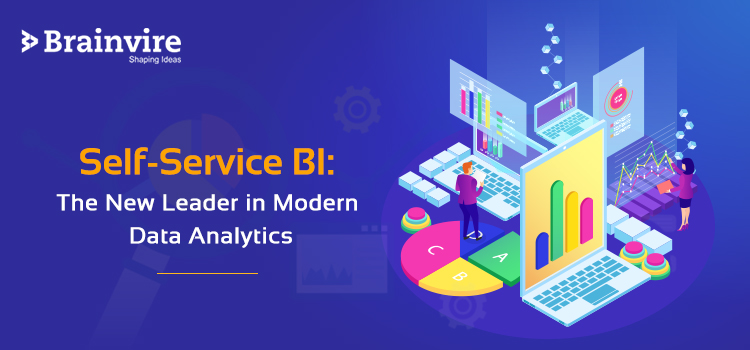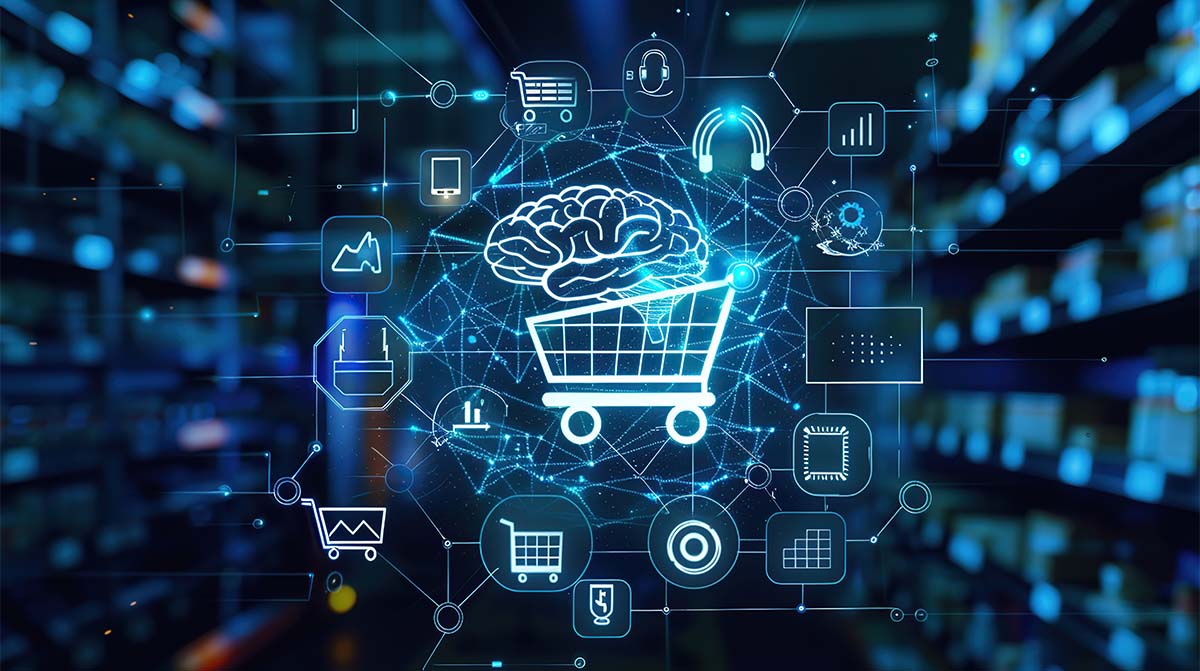
The Backlog of Products is an alphabetically selected list of products and is only available in product changes. Product ownership is responsible for the content availability of product backlogs.
Product Backlogs are continually updated lists, with initial versions showing only the more preliminary and widely-known needs and not necessarily well-known.
A product backlog is created based on changing product development environments. A Backlog has a dynamic structure that often varies to determine what’s required to make a product reasonable, competitive, and helpful.
Product Backlog management exists for all products that the users currently use.
What Is Product Backlog?
A backlog is the order list of tasks, features, items requiring completion for the overall roadmap. Product creation begins with a concept, but the product needs dedicated staff to create the right thing for everyone.
Yes, even an iOS smartphone once was simply one prototype. However, maintaining organizational skills is essential to product performance when managing a Scrum developer team.
Is there any solution for the group that isn’t meeting their objectives? The list of the tasks. Backlogs of products are typically an extensive list of tasks to accomplish.
How Can A Product Backlog Help Your Team?
The product backlog allows a team to run smoothly and improve organization and collaboration. In addition, it’s an essential communication tool and helps people reach goals and expectations.
Because the backlog does the work for products, the backlog provides a foundation for iteration planning.
When you prioritize a task under the supervision of product owners, they will also determine the amount and time you need to complete based upon your budget.
This period is known as iteration or Sprint. Product Backlog encourages agile team building in an innovative, flexible, and effective environment.
The Role Of Product Backlog In Scrum
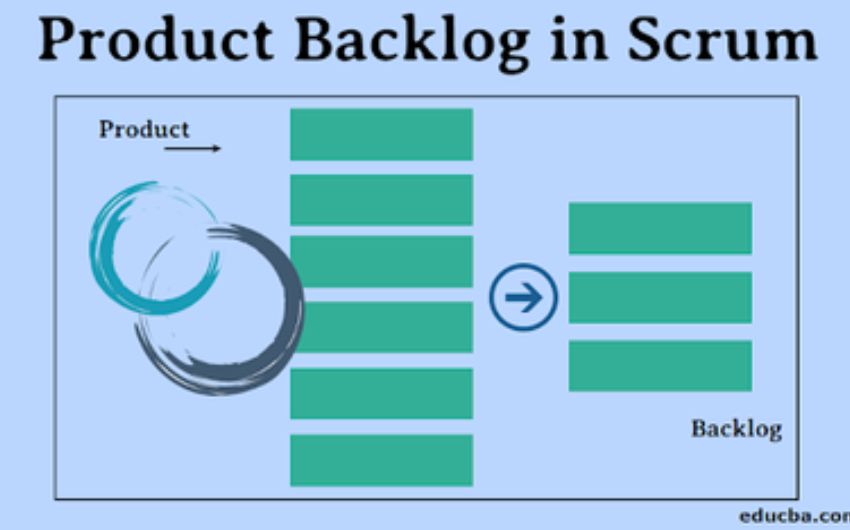
The agile backlog in Scrum contains an ordered features list that explains the functionality required in the product.
It can further develop the Scrum product backlog as new data about the product are collected and learned by the customers.
Agile Product Backlog Vs. Sprint Backlog
Content quality, granularity, and instantiation are the main differences between products and Sprint. Sprint backlogs are short-term plans for teams sprinting.
Backlogs are a long-term vision for a product, in which ideas are organized into concrete deliverable items aimed at enhancing its value for a product. The sprint backlog may seem more like the product backlog in some cases.
Sprint backlog and product backlog share similar characteristics. For example, sprint backlogs form part of product backlogs but are primarily used in sprinting activities.
Product owners control the product backlog by managing everything from starting to finish.
Development teams work with each Sprint because they can complete the lists taken out by the backlog at the specified time.
The sprint backlog should be confined to the products backlog during the SprintSprint. A backlog of sprints may contain other projects that ‘team members have committed themselves to do.
Agile Backlog Example
Is there any way for us to visualize this decision? Unfortunately, it’s hard to provide actual examples of valuable examples.
The reason behind it is to help teams build the most helpful product within the best period available. Therefore, the definition does not have any copying!
Why do we use shape to inform products, processes, and needs creating and commitment? Backlogs are generally defined for one team and are structured according to aims.
The Essential ‘R’ Of Backlog
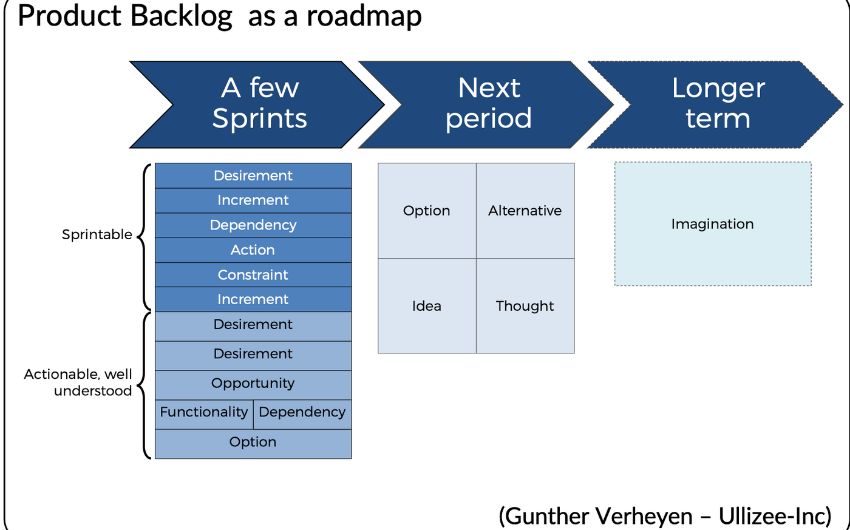
The roadmap and requirements of a project provide the basis for product backlogs. Roadmap initiatives are categorized as epics with a specific purpose and a unique story to share.
Since the Teams in most websites represent the first roadmap project, a user story will be required for each epic.
The product owner organizes all user stories in one document for developers. Initially, the product owners can deliver the entire epic.
How Do Product Backlogs Keep The Team Agile?
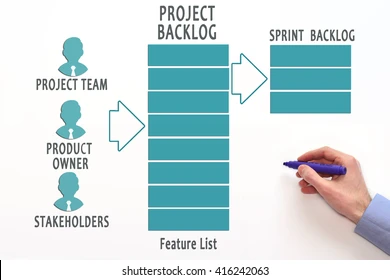
Competent product managers rigorously groom their product backlog for the project, ensuring the best possible sharability and reliability in terms of work. However, keeping your programs on track is not always easy.
The stakeholders are putting pressure on priorities. And it makes sense. An encouraging conversation about essential things supports all our priorities aligned.
This discussion promotes a culture of group prioritization that ensures everyone shares the same mindset at each project stage. Backlogs provide an essential base for planning the iterative process.
Maintain The Backlog Health
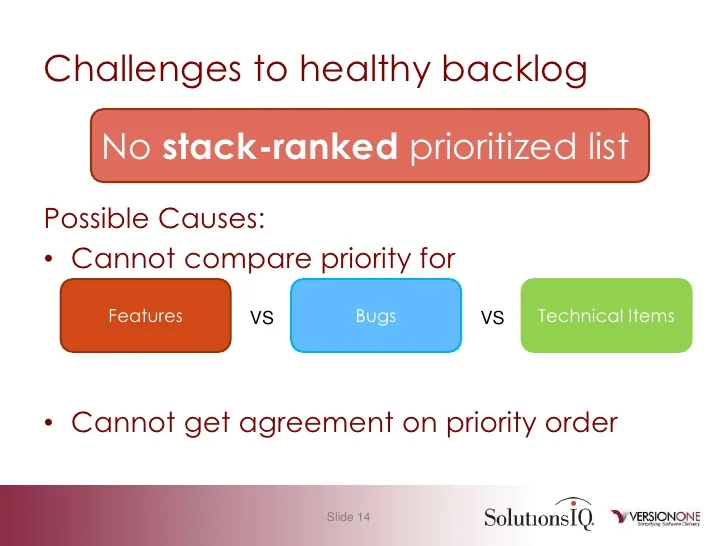
Once the backlog is created, it is vital to regularly sync with the given program. Product managers will need to check backlogs at the iterations planning meeting for the first time.
In agile circles, regular review backlogs are sometimes described as “backlog groomed” (some use backlog refinement).
Once the backlog becomes more extensive, product owners must organize the backlog into short-term and long-term products. Finally, it must be fully defined before labeling the item.
Product Backlog Example
Backlogs of product projects may vary by project, though they usually end in epic proportions.
Epics are a significant problem you have with clients. I need a system to deliver high-converting content for our readers and customers.
Epic could include several product features, from generating content to editing and sharing content for teams.
The product backlog example can be divided into specific story sections. Most are interested in creating a website that provides customer service.
Examples Of Product Backlog Items
Four major categories of items known as product backlog items create product backlogs. There are a few key features that customers can see.
The other two, technical and scientific, are not accessible to consumers but cannot be ignored.
In Agile organizations, the product backlog is generally written as a user story but not every time.
They are often written either on the formal requirements document or in various other formats. When users author them, backlogs usually follow these patterns.
What Goes Into The Product Backlog?
Whenever possible, backlogs will include all items related to products or projects. Specific types of things or initiatives can be described technically or focus on the individual needs of users and their requirements.
For example, in Scrum product backlog, a products manager can add items to a short user story about a person using a product. User Stories are usually short narratives with the standard format.
Technical Debt
Consists of the work required to maintain the product and keep it current and stable.
Examples of PBIs for resolving underlying technical issues include updating on new Third-party library architecture and improving scalability or redesign.
When technical debt is built, either intentionally or unknowingly, you are likely to delay the release of new products. In addition, changes in some of the areas can often cause technical debt.
These types of PBI are sometimes termed technical debt because the debt has similarities and is not the same as financial debt.
Bugs
Bug or defect is an issue discovered by users who evade quality control while developing software applications.
Testing in waterfalls is often the final step of the development lifecycle. As a result, live releases often have minor and sometimes moderate defects.
Bugs are grouped and accumulate with each new bug when they are not resolved. Sometimes it is managed via issue trackers and can even be included in the backlog.
New Features
New feature requests can be sourced from many places, including customer, sales support, product management, etc.
The new features can be the hardest to balance your competing needs, and the Product Owner must routinely check for and resolve conflicting requests.
This is necessary to maintain backlog and improve the customer experience of existing products.
User Stories
User Stories are functions of products that the user finds valuable. Some features are complex or are sometimes described as “episodes.” Creating Story Maps can be helpful for the team in determining the user’s needs.
Research
Research is one thing the end-user will never recognize as a feature and could be on the backlist. Yet, research plays a vital role for anyone with little or no experience with a new idea or a project that needs testing.
Whatever you are facing will take you to expand your knowledge. Those user stories, known as “spikes,” do not contain working code rather knowledge.
Knowledge Acquisition
This involves the acquisition of information necessary in a given task. For example, suppose a project requires an additional feature and cannot be implemented without further research.
In that case, the team should create an acquisition task involving prototyping, experimentation, or testing to gather the necessary information to develop this feature.
Who Owns The Product Backlog?
What are the roles that help in transforming product backlog to incremental functionalities? Product owners own a product backlog. In the absence of the product manager, the product manager is responsible for managing product inventory.
In Scrum methodologies, product owners are responsible for keeping a healthy backlog, while the Scrum Master, Scrum team, and others contribute to adding and completing tasks in a backlog.
As a result, many groups have multiple backlogged users.
How Does Product Backlog Fit Into The Bigger Picture?
The product backlog is an overview of the project’s development as described in the roadmap. Products roadmaps and product backlogs are complementary tools that help facilitate project execution.
The relationship between the roadmap and the remaining backlog is inverse: the backlog can, e.g., originate from a roadmap (bottom down approach), and changes can affect the overall roadmap.
Planning and organizing the right resources are vital in ensuring a successful business. Backlog provides a helpful tool.
When created and adequately managed, backlogs help navigate constantly changing situations, to achieve peak productivity and provide maximum customer value.
How To Prioritize Product Backlog Items?
Managing product backlogs requires identifying priority tasks. Scrum masters should understand all product new feature requests from product stakeholders.
Let’s talk about the ways you prioritize items on backlogs.
Tackle Complex Tasks First
Your staff might want to complete a simple task to clear out product backlogs or shorten a list, but that may be an inefficient way to do project management.
The product backlog continues to grow, enabling developers to tackle more complex projects faster.
Communicate With Your Team
Communication among team members is essential for Product Backlog Prioritization.
To efficiently work with the backlog and complete tasks within the required time, you must work with the team and adhere to Scrum guidelines.
Complete Tasks In Focused Sprints Of Time
Agile team members operate within time constraints and effectively increase productivity. After each sprint planning meeting, the product owner or stakeholders may join you and the development team for the sprint review.
Organize Tasks By Urgency And Importance
When looking for improvements to the backlog, arrange tasks quickly.
Must prioritize the product backlog to improve product functions and user experiences.
How To Create A Product Backlog?
Backlogs are more than simple tasks to accomplish. Lessons are divided into steps and are relegated into groups accordingly. This is a list of steps for a product backlog.
List Product Backlog Items
If you plan on creating a product roadmap, you could begin listing product backlogs. These articles might have a high-priority item or an abstract idea.
You will also need to communicate with stakeholders to develop better products to improve them. Backlog templates for product pages are helpful for a lot of things.
Product Roadmap
This is the basis for product roadmaps. The roadmap will help your team identify the potential changes to your product as it develops.
The roadmap provides a vision to create products shortly, but the roadmap will also change over time.
Prioritization
After you have gathered the items from the Product Backlog, you should sort and determine what tasks are most relevant. You can choose high-priority items based on customer needs and consider things that offer the highest value.
Update Regularly
Ensure you have an accurate product backlog. The backlog can always be added to the backlog to improve priority.
Wrapping Up
In Agile development, product backlogs are categorized into prioritized items, including new features implemented during a project’s product design.
This decision-making tool is designed to help identify, refine and prioritize all of your future tasks and activities. But, first, the team must do vital work to improve their product.
FAQs
What are the product backlogs? A product backlog is based on a priority list of tasks generated by the roadmap and the project’s requirements. It can view the essential items from atop the backlog, so the team can decide what should be delivered first.
A product backlog usually consists of features, bug fixes, technical debt, and technology acquisition. This product backlog item is a different work that has not yet been delivered.
Agile methodologies can affect how quickly you create and manage your product backlog. Therefore, keeping everyone at the same pace is essential to avoid a long backlogged schedule.
Easy synchronize your customer feedback and ensure consistency with your organization’s priorities.
Related Articles
-
Tricks To A Good Social Networking Website
What is the best way to keep in touch with your loved ones, friends and relatives in the hectic lifestyle of today? The answer is social networking sites. The social
-
Self-Service BI: The New Leader in Modern Data Analytics
Traditionally, only a few departments within the company were using BI tools. But with a new emphasis on self-service BI, we can expect considerable growth in the applicability and adoption
-
Technological Radicalization of The Retail Sector
The millennials or the generation X saw a paradigm shift which led to what we call as the modern day. While there obviously was a significant social, economic, political, etc.,


